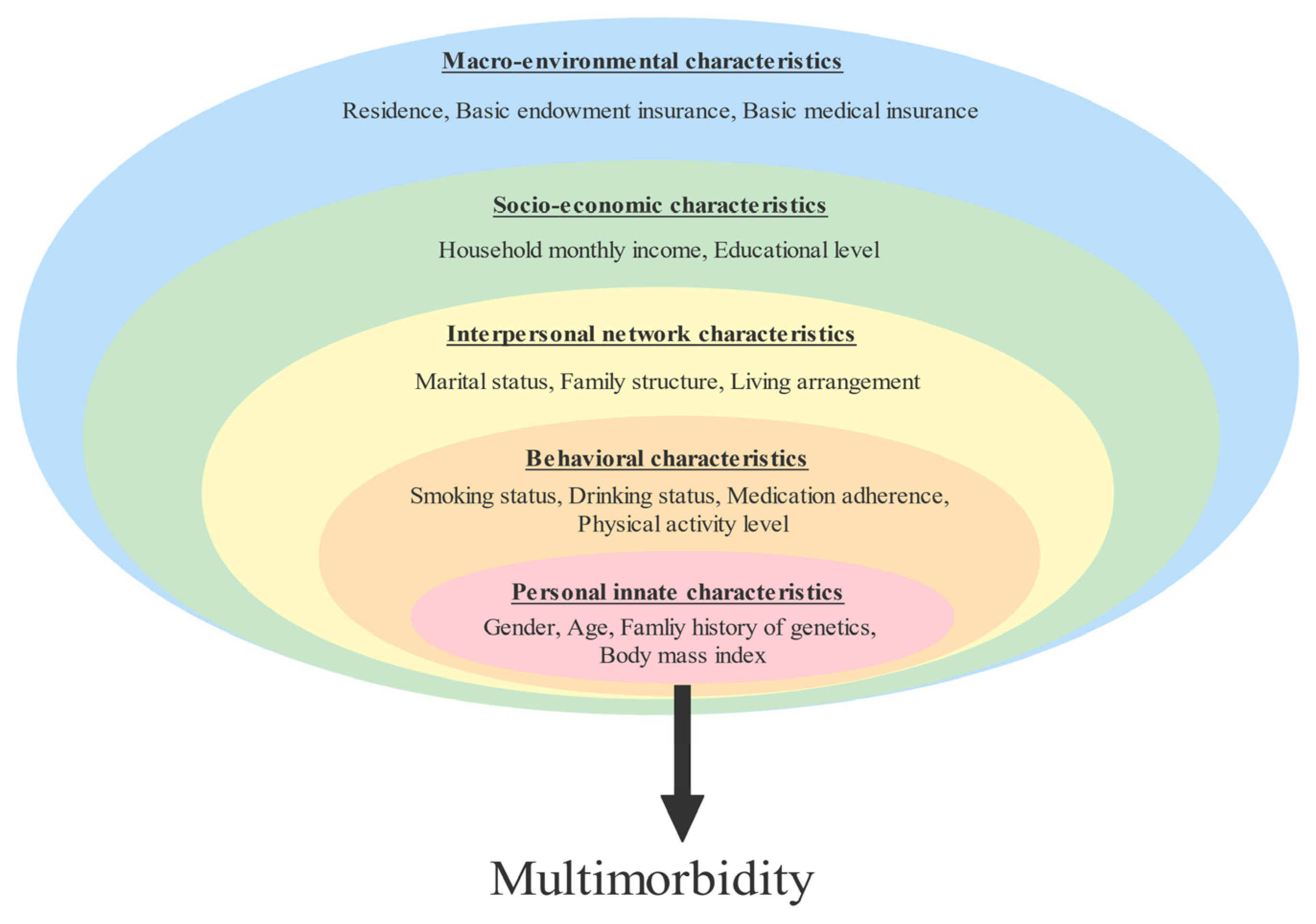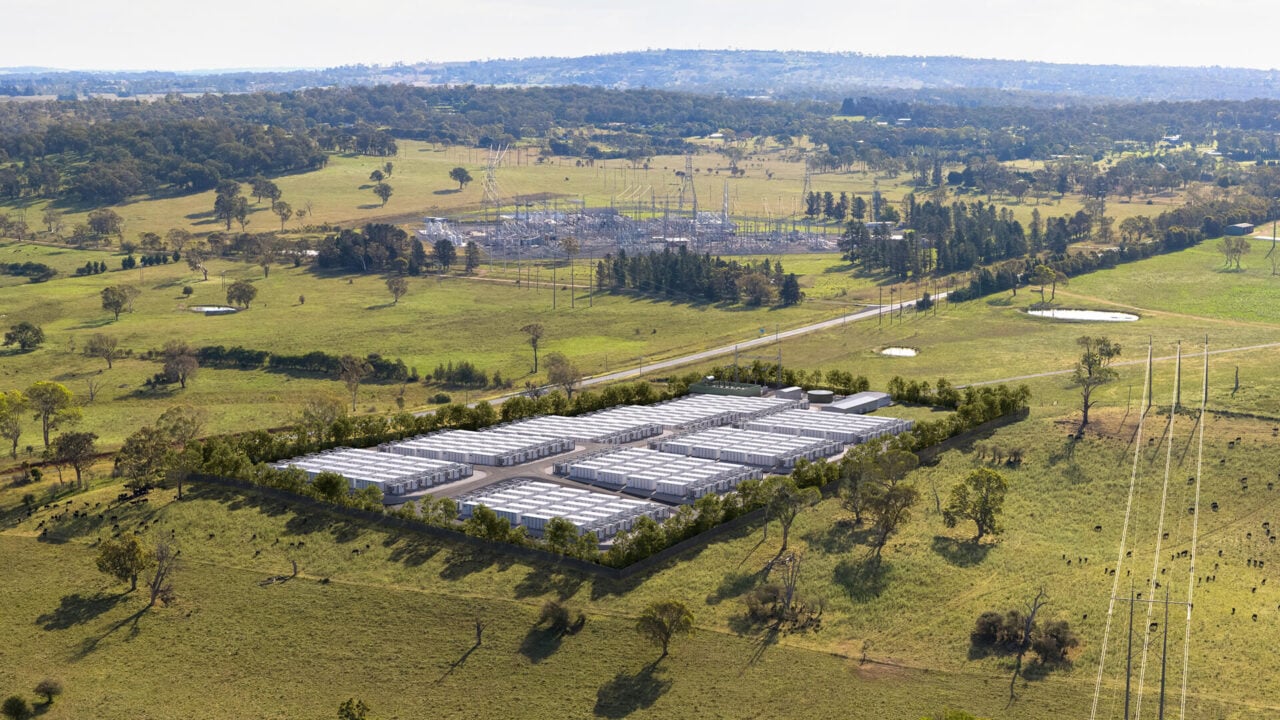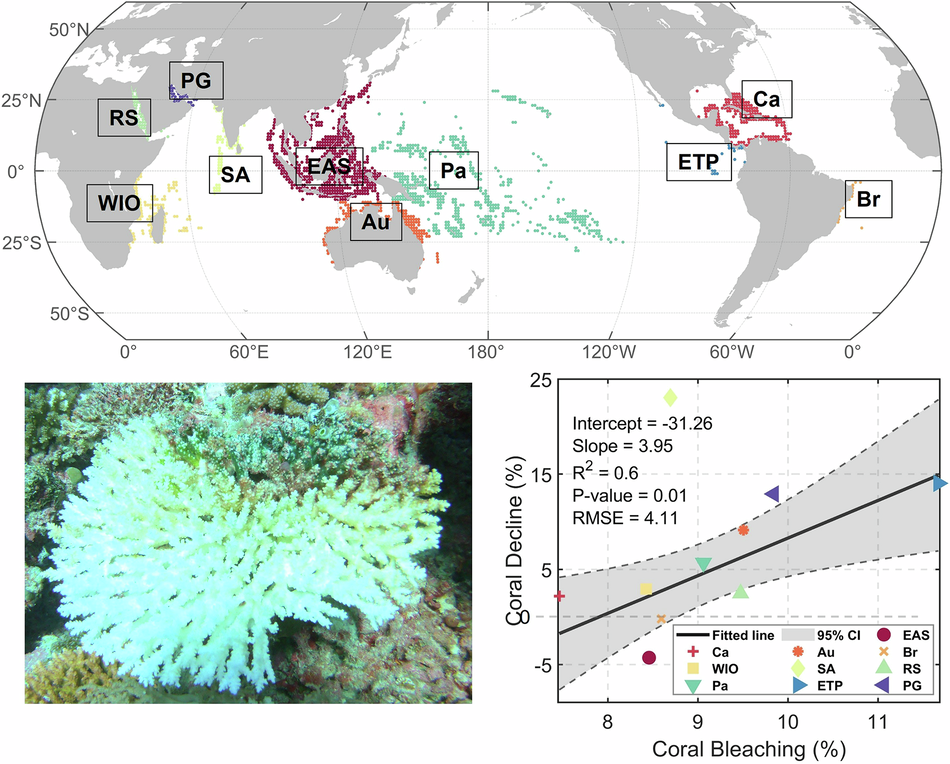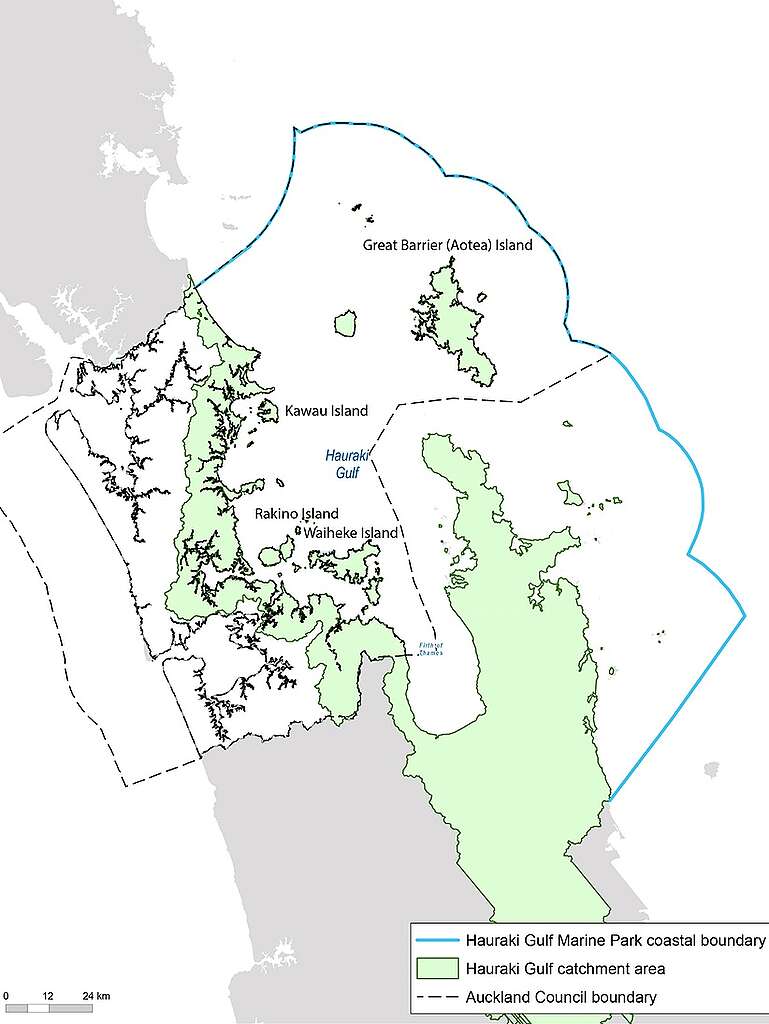The inverted U-shaped relationship between judicial development and economic growth: evidence from China – Nature


Report on the Inverted U-Shaped Relationship Between Judicial Development and Economic Growth in China
Abstract
Judicial development (JD) is a critical factor influencing regional economic growth and aligns with several Sustainable Development Goals (SDGs), including SDG 8 (Decent Work and Economic Growth) and SDG 16 (Peace, Justice, and Strong Institutions). This report examines the non-linear relationship between JD and regional economic performance in China, proposing and empirically validating an inverted U-shaped hypothesis. Key findings include:
- JD initially promotes economic growth, but beyond a threshold, its effect becomes negative.
- Employment, capital formation, and marketization positively impact growth, while R&D personnel show no significant effect.
- Regional heterogeneity exists, with the eastern region showing signs of institutional marginal inhibition, the central region exhibiting a non-linear pattern, and the western region still benefiting from JD improvements.
Introduction
Economic growth factors are traditionally categorized into labor, capital, and production efficiency, with judicial development playing a pivotal role in enhancing production efficiency and ensuring stable economic growth. JD supports SDG 16 by strengthening institutions and SDG 8 by fostering economic growth. China’s legal reforms, guided by national congresses, emphasize the rule of law as a foundation for sustainable economic development.
Literature Review
Economic growth determinants include production factors (labor, capital, natural resources) and demand factors (consumption, investment, trade). JD, as part of the institutional environment, significantly affects production efficiency and economic growth. Research highlights JD’s positive impact on investor confidence, innovation, and foreign direct investment, supporting SDG 9 (Industry, Innovation, and Infrastructure) and SDG 16. However, excessive JD may lead to political interference, increased legal costs, and reduced investment, indicating a complex, non-linear relationship.
Influencing Mechanism and Hypothesis
The impact of JD on economic growth evolves through four stages:
- Initiation: Low JD levels cause uncertainty, reducing economic activity.
- Expansion: Improved JD enhances institutional efficiency, attracts investment, and promotes social stability, advancing SDGs 8 and 16.
- Deceleration: Positive effects weaken as other factors influence growth.
- Inhibition: Excessive JD leads to procedural rigidity, high costs, and constraints on unsustainable investments, aligning with SDG 12 (Responsible Consumption and Production) and SDG 13 (Climate Action).
Hypothesis: JD’s effect on economic growth follows an inverted U-shaped curve.
Research Design
China’s Judicial Development Evaluation
Evaluation Index System
An 11-indicator system across four dimensions—legal framework, judicial services, case volume, and case processing—was constructed to assess JD levels, supporting SDG 16.
Evaluation Method
The Analytic Hierarchy Process (AHP) and Entropy Method (EM) were combined to objectively measure JD, balancing subjective and objective factors.
Model Construction
Using data from 30 Chinese provinces (2000–2019), non-linear panel regression, SYS-GMM, and threshold regression models were developed to explore JD’s impact on economic growth (GDP growth rate as dependent variable), incorporating control variables for labor, capital, technology, and marketization, which relate to SDGs 8, 9, and 16.
Data Interpretation
Data were sourced from national and provincial statistical yearbooks and legal databases, adjusted for inflation and supplemented as needed, ensuring reliability for SDG monitoring and evaluation.
Results
Descriptive Statistical Analysis
Data distributions were symmetric with heavy tails; none of the variables followed a normal distribution, indicating complex dynamics in JD and economic growth.
Baseline Regression Model
Fixed effects model was preferred based on Hausman test. Results confirmed a significant inverted U-shaped relationship between JD and economic growth:
- JD improvements initially enhance economic efficiency, investment, and social stability (SDGs 8 and 16).
- Beyond a JD threshold (0.684), marginal benefits decline due to procedural rigidity and rising costs.
- Employment, capital formation, and marketization positively influence growth; R&D personnel effects were insignificant.
Endogeneity Test (SYS-GMM Model)
Addressing bidirectional causality, SYS-GMM results reinforced the inverted U-shaped relationship, confirming robustness and supporting SDG 16’s emphasis on strong institutions.
Robustness Test (Threshold Regression Model)
A single significant threshold at JD level 0.645 was identified, validating the inverted U-shaped impact and emphasizing the need for balanced judicial development to sustain economic growth.
Heterogeneity Analysis
Regional disparities were evident:
- Eastern Region: Pronounced inverted U-shape; JD has reached marginal inhibition phase.
- Central Region: Non-linear pattern with weaker effects; institutional environment less mature.
- Western Region: JD still positively drives growth; institutional dividends are being realized.
Labor and capital inputs consistently support growth across regions, aligning with SDG 8.
Discussion
This study provides robust empirical evidence of the non-linear relationship between JD and economic growth, highlighting the importance of “moderate judicial intervention” for sustainable development. The findings contribute to institutional economics theory and inform region-specific policy strategies, supporting SDGs 8, 9, and 16 by promoting balanced economic growth and strong institutions.
Conclusions and Policy Recommendations
Conclusions
- JD exhibits an inverted U-shaped effect on economic growth in China, with a critical threshold at JD index 0.645.
- Below the threshold, JD fosters economic expansion by improving legal frameworks and market confidence.
- Above the threshold, excessive judicialization may hinder growth due to procedural complexity and increased costs.
- Regional heterogeneity necessitates tailored judicial reforms.
Policy Recommendations
- Quality-Oriented Judicial Governance: Developed provinces should focus on procedural efficiency and digital transformation to reduce costs and enhance judicial services, supporting SDG 16.
- Institutional Enforcement in Threshold Regions: Central provinces should improve judicial capacity and transparency, fostering innovation and economic growth (SDG 8).
- Legal Infrastructure in Underdeveloped Regions: Western provinces require foundational support and resource equalization to unlock institutional dividends, promoting SDG 10 (Reduced Inequalities).
- Regional IP Judicial Development: Strengthen intellectual property adjudication to support innovation-driven economies, advancing SDG 9.
- Enterprise-Oriented Judicial Services: Develop accessible, efficient judicial services to lower transaction costs and encourage business vitality (SDG 8).
- JD Appropriateness Assessment Mechanism: Establish national indices to guide adaptive judicial reforms, ensuring balanced institutional evolution aligned with sustainable economic growth.
Limitations and Future Research
- Current JD measures may omit qualitative aspects like transparency and judicial independence.
- Province-level data limits granularity; future studies should explore municipal or county-level effects.
- Policy shifts during the study period were not explicitly modeled.
- Future research should incorporate advanced judicial performance metrics and explore interactions with other institutional factors, enhancing policy relevance for SDGs.
Data Availability
All data supporting this report are provided within the manuscript and supplementary information files.
1. Sustainable Development Goals (SDGs) Addressed or Connected
- SDG 8: Decent Work and Economic Growth
- The article focuses on regional economic growth influenced by judicial development, emphasizing stable and sustained economic growth.
- Employment and capital formation as drivers of economic growth are discussed.
- SDG 16: Peace, Justice and Strong Institutions
- Judicial development (JD) is central to the article, highlighting the role of the judiciary in promoting rule of law, fair competition, and institutional efficiency.
- The article discusses judicial transparency, independence, and fairness as factors influencing economic growth.
- SDG 9: Industry, Innovation and Infrastructure
- References to innovation, intellectual property rights protection, and technological progress link to SDG 9.
- The article mentions the role of judicial development in fostering innovation and industrial upgrading.
- SDG 10: Reduced Inequalities
- Regional heterogeneity in judicial development and economic growth is analyzed, highlighting disparities between Eastern, Central, and Western China.
- Policy recommendations include resource equalization and capacity building in underdeveloped regions.
- SDG 12: Responsible Consumption and Production
- The article discusses judicial frameworks related to environmental protection and sustainable economic growth.
- Judicial reviews that suspend unsustainable investments are mentioned.
2. Specific Targets Under Those SDGs Identified
- SDG 8: Decent Work and Economic Growth
- Target 8.1: Sustain per capita economic growth in accordance with national circumstances.
- Target 8.2: Achieve higher levels of economic productivity through diversification, technological upgrading, and innovation.
- Target 8.3: Promote development-oriented policies that support productive activities, decent job creation, entrepreneurship, and innovation.
- SDG 16: Peace, Justice and Strong Institutions
- Target 16.3: Promote the rule of law at the national and international levels and ensure equal access to justice for all.
- Target 16.6: Develop effective, accountable, and transparent institutions at all levels.
- Target 16.10: Ensure public access to information and protect fundamental freedoms.
- SDG 9: Industry, Innovation and Infrastructure
- Target 9.5: Enhance scientific research, upgrade technological capabilities, and encourage innovation.
- SDG 10: Reduced Inequalities
- Target 10.2: Empower and promote the social, economic, and political inclusion of all.
- Target 10.3: Ensure equal opportunity and reduce inequalities of outcome.
- SDG 12: Responsible Consumption and Production
- Target 12.2: Achieve sustainable management and efficient use of natural resources.
- Target 12.6: Encourage companies to adopt sustainable practices and integrate sustainability information into reporting cycles.
3. Indicators Mentioned or Implied to Measure Progress
- Judicial Development Level (JDL)
- Constructed from an evaluation index system including legal framework, judicial services, case volume, and case processing efficiency.
- Measured using 11 indicators across four dimensions as proxies for judicial development.
- Economic Growth Indicators
- GDP growth rate (GDPGR) at provincial level as dependent variable.
- Employment (number of employed persons) as labor input.
- Gross capital formation (GCF) as capital input.
- Full-time equivalent of R&D personnel (FERDP) as technology input.
- Marketization index (MI) measuring the level of market-oriented reforms.
- Judicial Efficiency and Institutional Quality
- Case processing efficiency and judicial resource allocation metrics.
- Judicial transparency, independence, impartiality, and public trust (not fully quantified but recognized as important).
- Threshold Values
- Threshold regression identifies a critical JD index value (0.645) indicating the turning point in the inverted U-shaped relationship.
- Regional Heterogeneity Indicators
- Classification of provinces into Eastern, Central, and Western regions to measure differential impacts.
4. Table of SDGs, Targets, and Indicators
| SDGs | Targets | Indicators |
|---|---|---|
| SDG 8: Decent Work and Economic Growth |
|
|
| SDG 16: Peace, Justice and Strong Institutions |
|
|
| SDG 9: Industry, Innovation and Infrastructure |
|
|
| SDG 10: Reduced Inequalities |
|
|
| SDG 12: Responsible Consumption and Production |
|
|
Source: nature.com

What is Your Reaction?
 Like
0
Like
0
 Dislike
0
Dislike
0
 Love
0
Love
0
 Funny
0
Funny
0
 Angry
0
Angry
0
 Sad
0
Sad
0
 Wow
0
Wow
0















































































